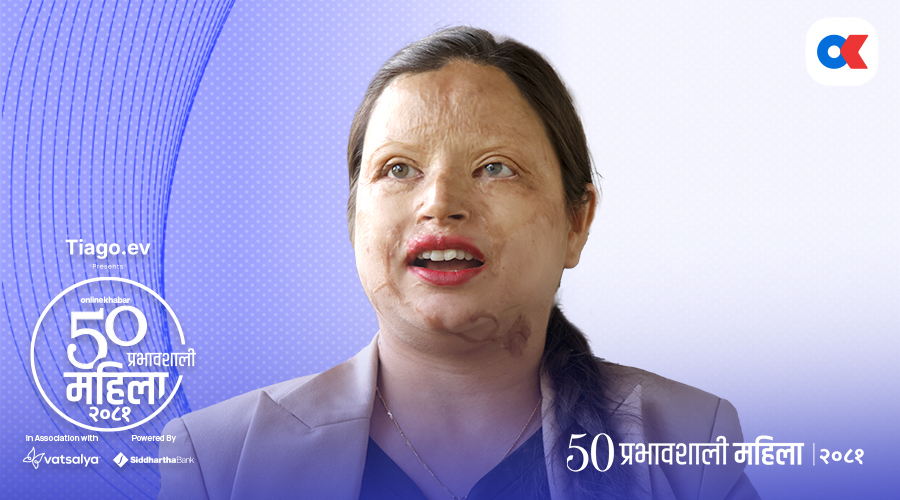
Two men, Santosh Pariyar and Sujan Lamichhane, have been arrested in Kaski for public humiliation and caste discrimination against a Dalit man. According to the news, the accused had reportedly humiliated Narayan Pariyar as he was blamed for touching and polluting the food items prepared for so-called upper-caste people. Interestingly, one of the perpetrators, Santosh, the host and the victim’s relative, is also a so-called Dalit.
It is not the first time we have had this kind of news in Nepali media. It is just one among a few reported cases of untouchability. Now, the question is: why do we still have the practices of untouchability and caste discrimination in our society? To understand that, it is better to understand Manusmriti, an ancient text in Hinduism that also supposedly worked as law and constitution and assess if it is the source of evil.
Caste-based discrimination in Nepal
It is not that Nepal does not have any law against humiliating and inhumane caste-based discrimination. Nepal’s constitution 2015 has guaranteed no discrimination against anybody on any bases. Nepal’s parliament declared it an untouchability-free country in 2006.
Moreover, Nepal’s law has identified the practice of untouchability or caste discrimination as a serious crime and sends the culprit to jail for a maximum of three years, or imposes a penalty of Rs 30,000 or both if convicted.
However, this age-old tradition has remained in practice in different parts of the country rampantly. The public seems still unaware of the legal provisions or stubborn to change their mindsets. Many activists often complain that the laws have not been implemented or there is a lack of political will to end such practices in Nepal. Why?
Manusmriti
One of the root causes of such a stronghold of discrimination or untouchability in Nepali society may be Manusmriti, one of the most important ancient Hindu texts, which has shaped the religious and social practices of the Indian subcontinent for thousands of years.
Translated as the Laws of Manu into English, it is believed to have been written by the ancient sage Manu.
Manusmriti is a comprehensive treatise on the principles and rules of conduct for individuals and society, covering topics such as ethics, governance, caste system, marriage, family and religious rituals. Despite its controversial and often criticised content, Manusmriti remains a significant text in Hinduism. Its influence can be seen in various aspects of Nepali and Indian societies and cultures.

Writers Wendy Doniger and Brian K Smith have described Manusmriti as a traditional Hindu teaching with “absolute authority of both Vedic knowledge and Vedic practice brokered by a priestly class” in their book The Laws of Manu, published in 1991.
It is a dominant Hindu text, which has influenced even the Mahabharata, another great Hindu text, of which The Gita, one of the most influential and most revered Hindu scriptures, is a part.
Therefore, Hindu philosophy and society have long been guided by the influence of Manusmriti. Since Nepali society has Hindus in the majority, it is no doubt influenced basically by Manusmriti.
Manusmriti and caste
Manusmriti is estimated to have been compiled between 200 BCE to 400 CE. It is a moral, social and religious code of Brahminical Hinduism, and deals with dharma (duties, righteousness, moral obligations, laws, conduct, virtues, etc) for personal and social good.
Manusmriti is popularly believed to be the first Sanskrit text translated into English in 1794 by Sir William Jones. He translated Kulluka Bhatta (Kolkata) manuscript, from among more than 50 different manuscripts available, which contains 12 chapters and 2,694 shlokas (verses).
Among all, 1,034 verses are dedicated to Brahmin dharma, 971 verses to Kshatriya dharma and the rest to other two classes of the society: the Vaishyas and the Shudras.
Manusmriti is the text that initiated Varna System in Hindu society and prescribed laws consistent with the Vedas. The Varna system is a controversial issue in modern Nepali and Indian societies. The British colonial government had promoted this text for its enactment of Hindu Personal Law for it demands inference, perception and authority without any question or logic.
Manusmriti is a mythical story of the creation of the world. A mythological figure called Swayambhu is presented as the creator of the world and propagator of the Law of Dharma, according to which there are four classes of people in the society.
They are the Brahmins, the Kshatriyas, the Vaishyas and the Shudras. Each class of people has a separate set of rules for various activities like marriage, inheritance, food, pollution and purification, crimes and punishments, the dispensation of justice, treatment of women and wives, etc. There are different rules of action in normal times and in times of adversity for all those classes of people.
The origin of discrimination

Manusmriti has given the Brahmins the highest position in the social hierarchy. They are the teachers and priests who were born, according to the text, from the creator’s mouth. Their main functions in society are teaching and studying the Vedas, sacrificing for their benefit and others, and giving and accepting alms.
As they are regarded as the epitome of dharma and spiritual virtue or gods on earth, they are given the first importance and the highest dignity in society. As a result, they have many privileges to enjoy. They receive free lands and gifts, they do not have to pay taxes, and they have fewer punishments than other classes of society in case of any crime.
On the other hand, the Shudras (Dalits) are at the bottom of this hierarchy. They are the servants who originated from the creator’s feet. They are the only people who are not the Dvijas (having the second birth with knowledge). It means the Shudras are not allowed to study the Vedas and collect wealth. They were the slaves and the indigenous Indians subjugated by the Aryans. They were entitled to the maximum punishment even for a minor mistake.
The other two groups – the Kshatriyas and the Vaishyas – are also above the Shudras. The Kshatriyas, the second in the hierarchy, are believed to have originated from the shoulders of the creator. Therefore, they become administrators and soldiers. They are entitled to protect other people and maintain the social order. Similarly, the Vaishyas are the traders, the farmers and the herdsmen who are, according to Manusmriti, originated from the thighs of the creator. They also cannot study the Vedas.
However, many scholars think that the Manusmriti did not impose the varna system in the society; it just supposed the Verna system for systematising the society. The earliest version of Manusmriti assumed that all are born Shudra.
One becomes Brahmin, Kshatriya or Vaishya only after gaining virtues. This simple formula was misinterpreted by the upper-class Brahmins of the society in the latter days, and they added a lot of controversial content in Manusmriti.
The proof is the various versions of the text available. Today, it has been a controversial and inhumane text having a very deep negative impact on the human thoughts and behaviour of the whole Indian sub-continent.
























